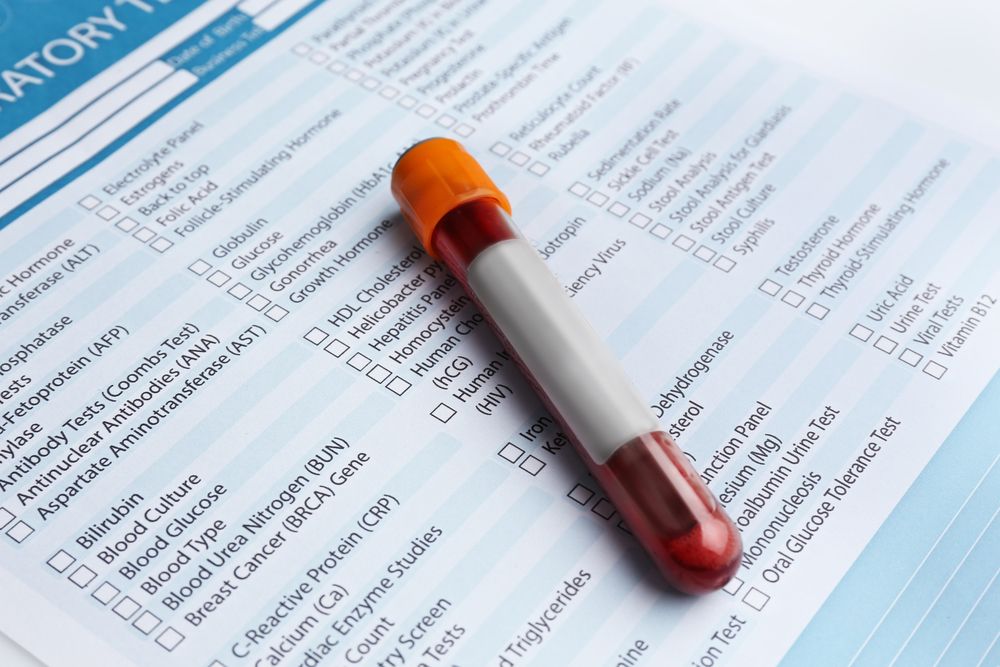I admit I am always curious about what doctors and medical professionals do behind the scenes, and one area that often gets me thinking is my blood work. Where does all that blood go eventually? Is my doctor actually a vampire or running a secret blood bank?
Jokes aside, when I delved into the world of medical blood work, I did find out that I believed some pretty common myths about blood tests. You might, too, so check out the common myths I debunked below.
Blood tests tell doctors everything
Your doctor does actually get a lot of information from your blood work. They learn whether a wide variety of different substances normally found in your blood are within the normal range, including your white and red blood cell counts, your blood sugar levels, your levels of common vitamins, your hemoglobin levels and your cholesterol levels. Some specific tests can also pick up on the presence of particular diseases. Conditions impacting your thyroid or liver, for example, may first appear to your doctor on your blood work results.
However useful blood work is, it cannot uncover every problem. While the results can show whether you have abnormal levels of a particular substance, they may not indicate what the root cause of the problem is.
A person with arthritis, for example, may have evidence of inflammation in their blood work results, but the tests won’t explain other discomfort or pain connected to the condition they may be experiencing. This is why you may need more tests after you have your initial blood work done. Think of it as an investigative tool for your doctor; once they get some clues, they may need to search deeper and uncover more clues to determine what is causing or contributing to your condition.
Blood tests are terrible experiences
This was more true in the past when medicine and technology was far less advanced, but that is not the case today. Phlebotomists–the people who are trained to take blood samples–these days have more tools and learn more techniques to make blood draws as painless and easy for patients as possible. Even if you can’t stand the sight of needles, you can still get your blood drawn for a test. Just let your phlebotomist know; they also are trained in tactics to prevent a patient with a phobia from seeing the needle!




